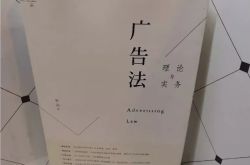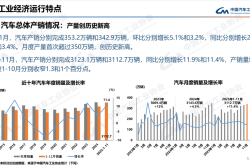Huawei Ramps Up Efforts: October Smartphone Market Poised for Disruption
![]() 09/30 2025
09/30 2025
![]() 690
690
Source: byte
As Xiaomi grabs the lion's share of market attention, Huawei quietly but steadily accelerates its strategic moves.
Recently, a tech blogger deduced from the pre-sale schedule of the Huawei WATCH GT 6 Pro smartwatch that the Huawei Mate 80 series is likely to make its debut on October 21.
Previously, rumors in the market had pointed to a mid-November launch for the Huawei Mate 80 series.
Beyond the speculation about the release date, tech enthusiasts have also unearthed a host of significant upgrades planned for the Huawei Mate 80 series. In terms of the system and chipset, the new Huawei Mate 80 series is set to be the first to feature HarmonyOS 6.0 and the Kirin 9030 chipset.
With Apple and Xiaomi almost monopolizing the smartphone market's spotlight, launching new devices in November would undoubtedly pose significant challenges.
Drawing lessons from last year's scheduling miscalculation, Huawei is bound to adopt a more strategic approach this year.
01 September: The Month of Apple and Xiaomi
In September, the smartphone market's focus was firmly on Apple and Xiaomi.
In the first half of the month, Apple staged a remarkable comeback, reversing its earlier misfortunes.
Public sentiment shifted from skepticism to frenzied demand as Apple turned its fortunes around.
On the evening of September 12 at 8 PM, Apple's iPhone 17 series hit the shelves.
Apple's official website, app, web pages, as well as JD.com and Tmall, all experienced varying degrees of sluggishness across nearly all channels simultaneously.
"Unable to snag an iPhone 17" quickly became a trending topic on Weibo, marking a significant triumph for Cook and Apple.
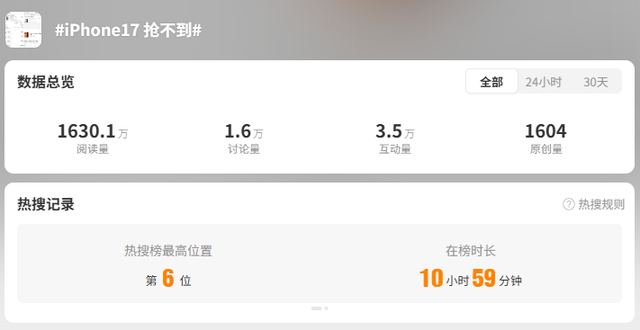
Screenshot sourced from Weibo
Recently, a tech blogger released a list of the top 20 best-selling domestic smartphones for week 38 of 2025. The list revealed Apple as the biggest winner of the week, with five models making the cut, including its newly released iPhone 17 series, which claimed the top three spots in sales.
The iPhone 17's high refresh rate has put domestic brands under increasing pressure.
In the latter half of the month, while competitors were strategizing, Xiaomi executed a clever move, shifting the tide in its favor.
On September 15, Xiaomi founder Lei Jun announced that the Xiaomi 17 series would feature next-generation product upgrades, positioning it as a direct rival to the iPhone.
Lei Jun is deliberately fostering a Xiaomi-Apple rivalry.
At his September 25 speech, Lei Jun took this rivalry to new heights.
The Xiaomi 17's naming directly aligns it with the iPhone 17 in sequence. During the launch event, all core specifications, from the chipset to imaging capabilities, were compared item by item with the iPhone.
The iPhone 17 starts at 5,999 yuan. Xiaomi's pricing strategy is precise: the Xiaomi 17 Pro Max also starts at 5,999 yuan but offers a larger 6.9-inch screen and superior imaging; the Xiaomi 17 Pro starts at 4,999 yuan, and the standard Xiaomi 17 is priced as low as 4,499 yuan.
On-site PPTs demonstrated that when an iPhone 17 with an attached 5,000mA magnetic power bank runs out of battery, the Xiaomi 17 still has 26% remaining.
Throughout the speech, Apple was omnipresent yet unmentioned, with Lei Jun masterfully controlling the atmosphere.
While Lei Jun and Xiaomi's tactics have sparked controversy, with accusations of "copycatting," Xiaomi's strategic objectives have been achieved.
The entire smartphone market in September was dominated by Apple and Xiaomi, with Xiaomi holding its own in terms of sales. On September 27, during the first sale, the entire Xiaomi 17 series sold out in just five minutes, setting new records for first-day sales volume and revenue across all price segments for domestic smartphones in 2025. Several Xiaomi Home retail systems experienced outages due to overwhelming orders, with service restored after an hour.
Before Lei Jun's strategic move, the entire smartphone market was waiting to see how Huawei would respond with the Mate 80 series after releasing its latest triple-fold device.
02 Lessons from Last Year
Last year, Huawei missed the golden opportunity to capture iPhone 16 users due to delayed releases of the Mate 70 series.
September and October are traditionally peak sales seasons for smartphones.
Typically, industry leaders like Apple and Huawei compete to release products that attract more consumers and gain a market advantage, leading in sales and market share.
In 2023, amid various constraints, Huawei launched the Mate 60.
On August 29, 2023, Huawei Mall released "A Letter to Huawei Users," announcing that the Mate 60 Pro would go on sale at 12:08 PM, "allowing some consumers to experience the most powerful Mate smartphone ever."
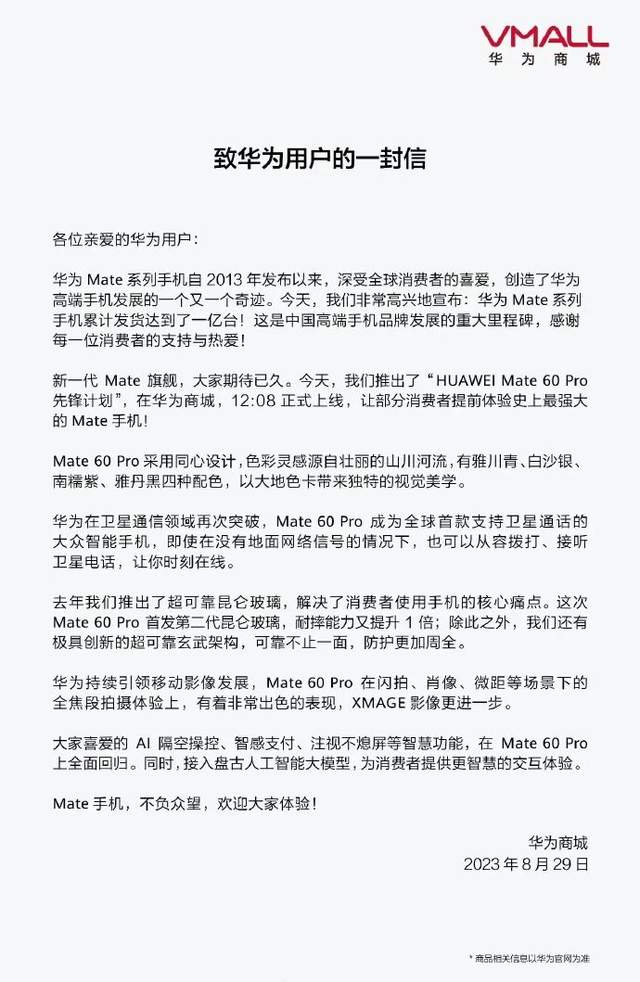
Image sourced from Huawei Mall
This unexpected move caught everyone off guard, even scalpers were unprepared, with price hikes only subsiding after the following Spring Festival.
For a while, the Huawei Mate 60 series replaced the iPhone as the hot commodity among scalpers.
It is estimated that within the first two months of the Huawei Mate 60 series' release, it directly eased the pressure on Huawei's smartphone business.
By the end of June 2024, total sales of all Huawei Mate 60 series versions had surpassed ten million units.
A year later, with Huawei gaining momentum, Apple stumbled. The Apple Intelligence feature heavily promoted at last year's Apple event has yet to materialize, remaining in the PPT stage.
TF International Securities analyst Ming-Chi Kuo stated that pre-orders for the iPhone 16 series during its first weekend were approximately 37 million units, a year-over-year decrease of about 12.7% compared to the iPhone 15 series' first weekend in 2023, falling short of expectations.
Subsequent market performance confirmed these claims, essentially validating notions of stagnant innovation. Over the past year or two, most Apple fans have become accustomed to witnessing yearly lackluster iterations.
According to relevant financial reports, Apple's revenue in Greater China decreased by 2% year-over-year in the second fiscal quarter of 2025.
With such a golden opportunity, Huawei could only rely on the Mate XT Extraordinary Master to capture iPhone 16 users. However, the high price of the Huawei Mate XT Extraordinary Master placed it in a different price range from the iPhone 16 series, limiting its direct impact on iPhone 16 sales.
Looking back, if Huawei had launched the Mate 70 series at that time, it could have further expanded its advantage.
Additionally, the Huawei Mate 70 series was originally planned for an earlier release but was delayed due to the adaptation progress of the pure-blood HarmonyOS, aligning it closer to the release timeline of the Honor Magic 7 series. This delay not only heightened consumer anticipation for the Huawei Mate 70 series but also inadvertently led to a market "resemblance" between the two phones.
This may be one of the few instances in Huawei's history where a flagship phone actively resembled a Honor model, as opposed to the usual trend of Honor resembling Huawei.
03 Huawei Can't Afford to Wait Any Longer
Last year, Huawei faced objective issues like waiting for HarmonyOS to mature and WeChat adaptation.
Huawei's HarmonyOS, a strategically significant self-developed operating system, aims to build a complete mobile terminal ecosystem. From its inception, it has carried Huawei's ambition to break free from external constraints and lead the future of technology.
The Huawei Mate 70, as Huawei's flagship model, was expected to hit the market as planned to support the new pure-blood HarmonyOS.
However, since the pure-blood HarmonyOS no longer supports Android apps, WeChat required specialized adaptation development.
Now, after several product and technological efforts, HarmonyOS has begun to showcase its prowess.
The full rollout of HarmonyOS 5.1 has brought a seamless experience, with cross-device file transfers taking just 15 milliseconds. The number of HarmonyOS 5 terminals has surpassed 20 million, with 83% of the top 300 domestic mobile apps completing native HarmonyOS adaptation.
Even in the previously weaker gaming sector, numerous major titles now support HarmonyOS. Familiar top mobile games like "Honor of Kings" and "PUBG Mobile" are already available, with "Teamfight Tactics" launching on September 25, and popular games like "League of Legends: Wild Rift," "Delta Force," "Call of Duty," and "Arena Breakout" releasing experience or test versions, with official versions soon to meet players.
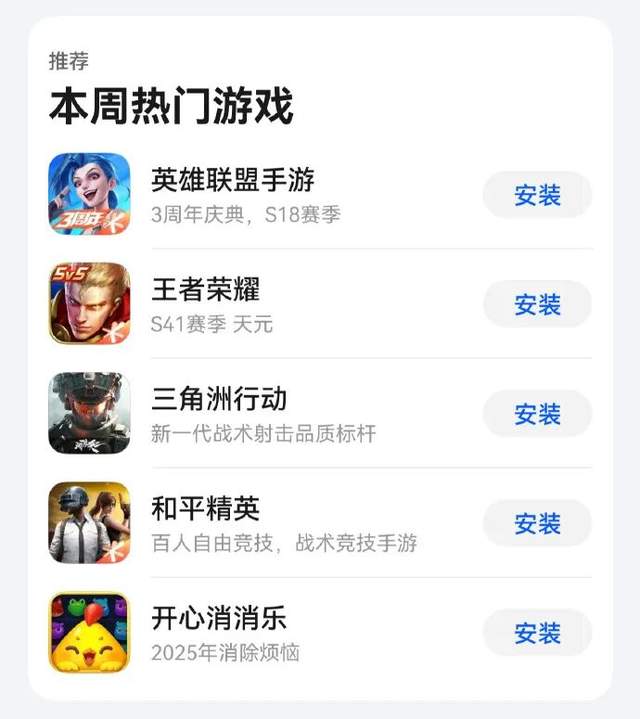
Screenshot sourced from Huawei App Store
On the surface, Huawei no longer needs to delay as it did last year.
Moreover, the current external pressure is higher than last year. Besides Apple and Xiaomi, which dominate market attention, competitors like Vivo and Oppo have also announced new smartphone releases in October.
With Xiaomi's precedent, no one can predict what surprises or strategic moves Vivo, Oppo, and other competitors might have in store, whether at the product or marketing level.
Following past trends, the smartphone market cannot tolerate Xiaomi dominating the spotlight for long. Once competitors regain their footing, a frenzy of intense competition and verbal sparring is inevitable.
The highly anticipated new triple-fold device failed to generate the same buzz as last year, providing insufficient time for the Mate 70 series to gain traction. With Apple's sudden surge and Lei Jun's upgrade to the 17, Huawei's voice has been drowned out.
Huawei must accelerate its progress and cannot afford further delays.
Some images are sourced from the internet. Please notify us for removal if there is any infringement.



